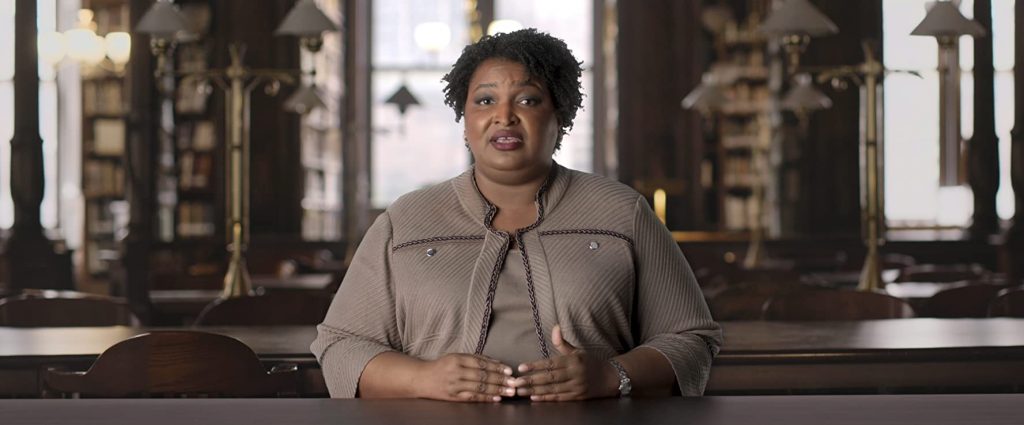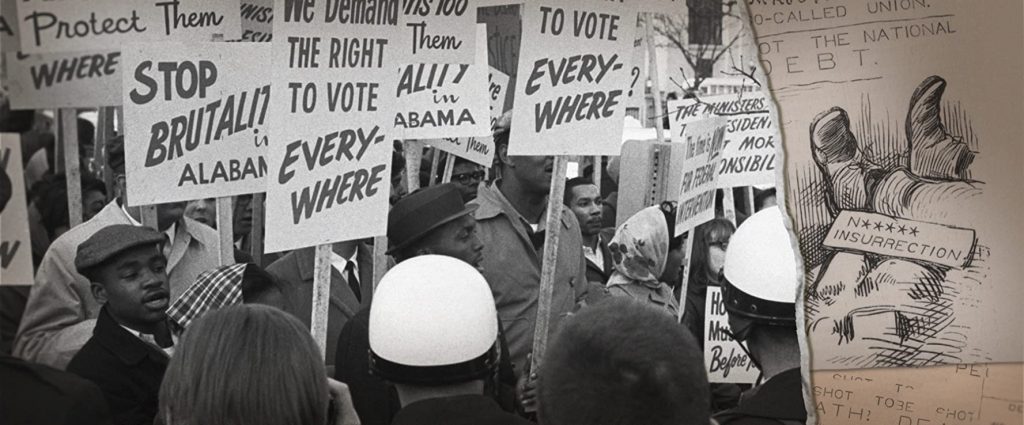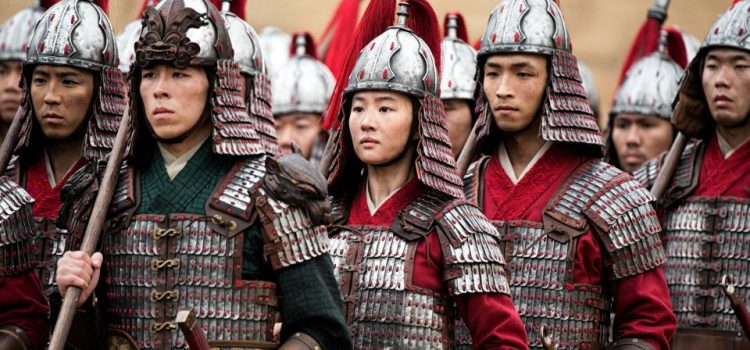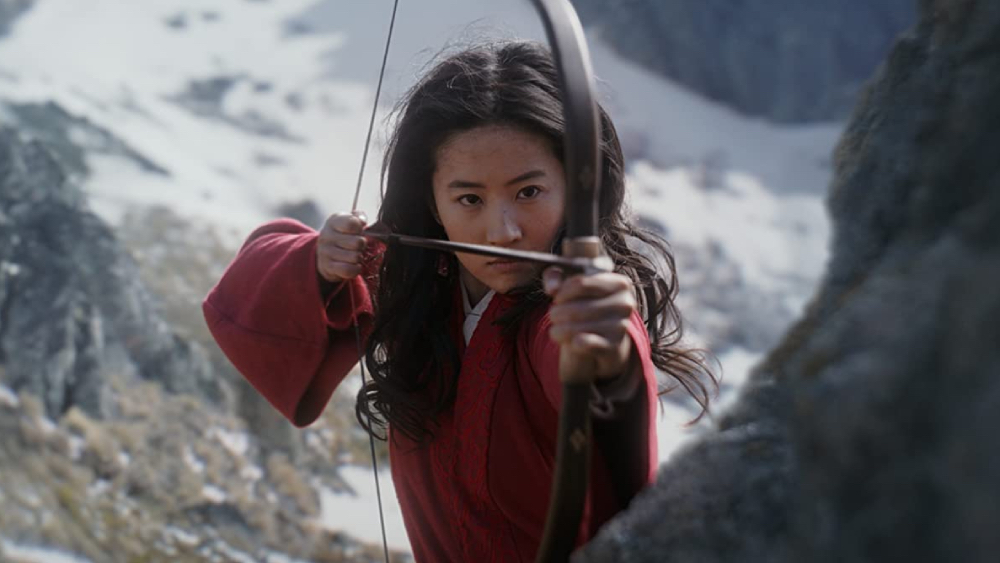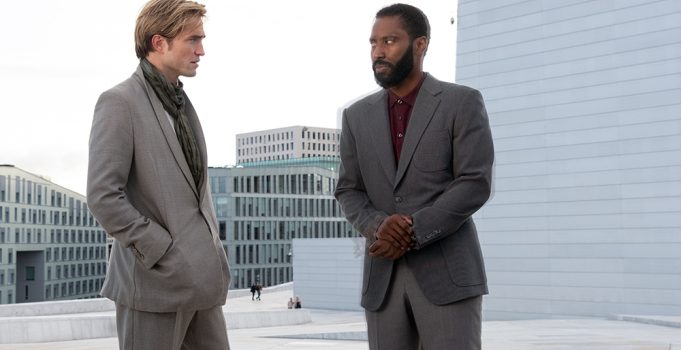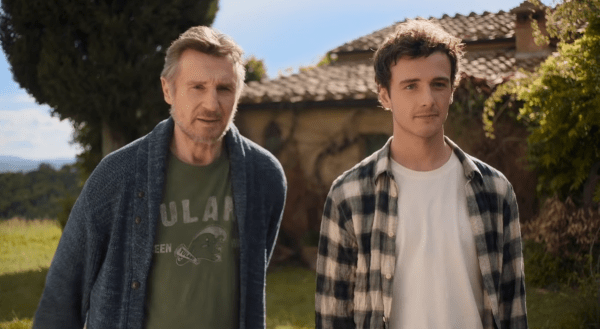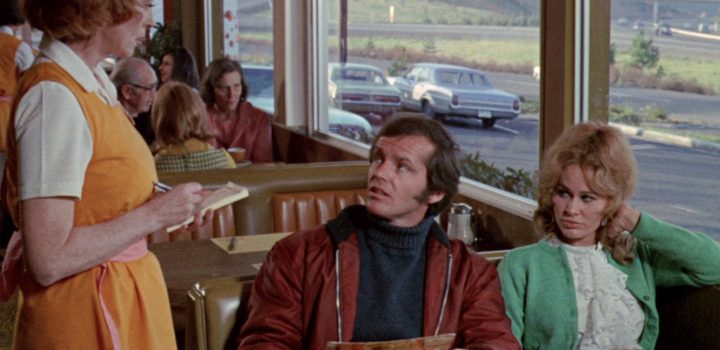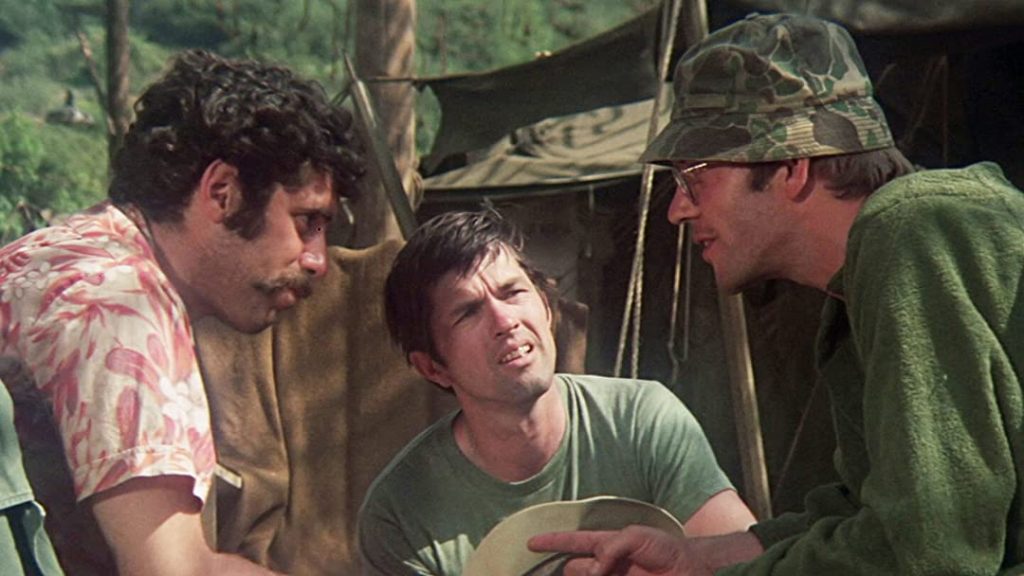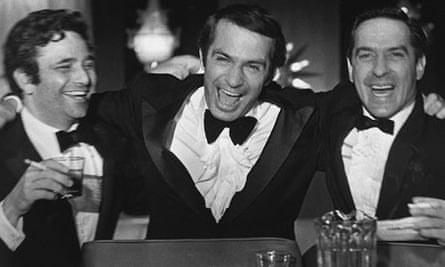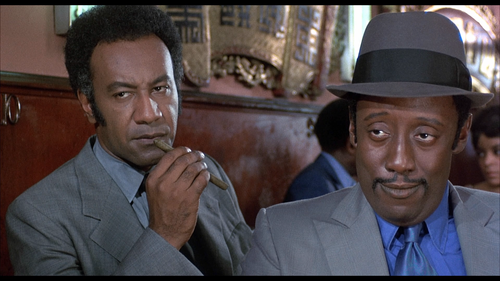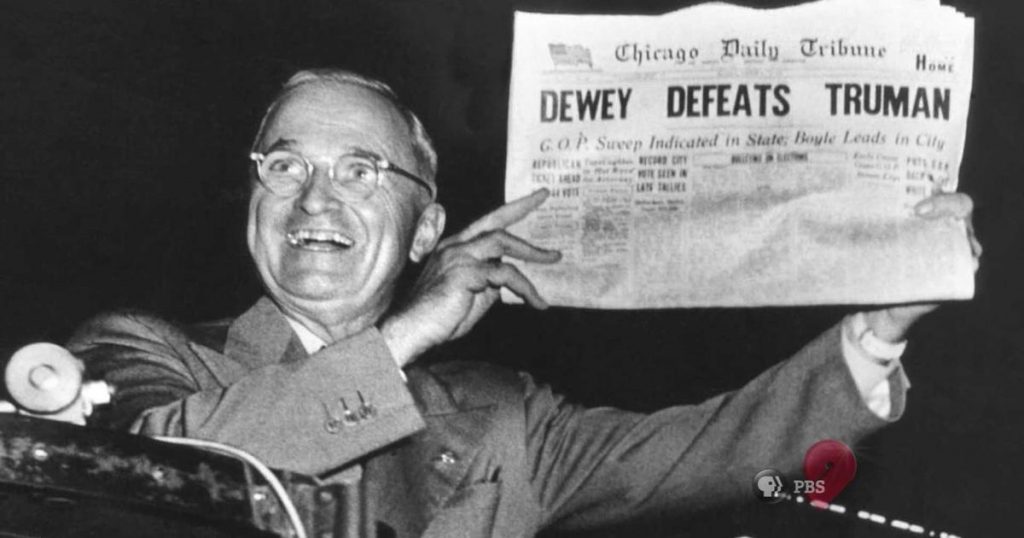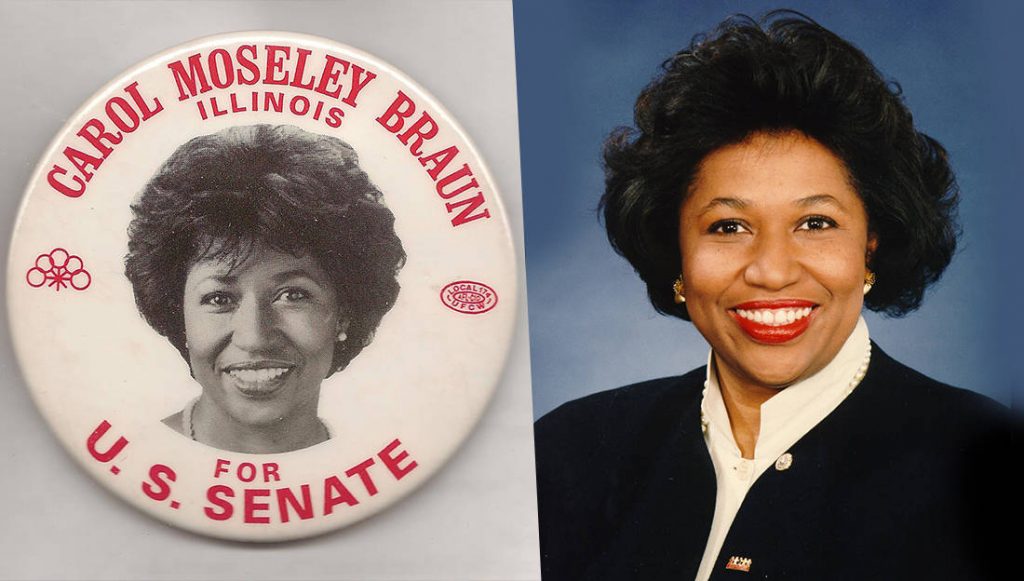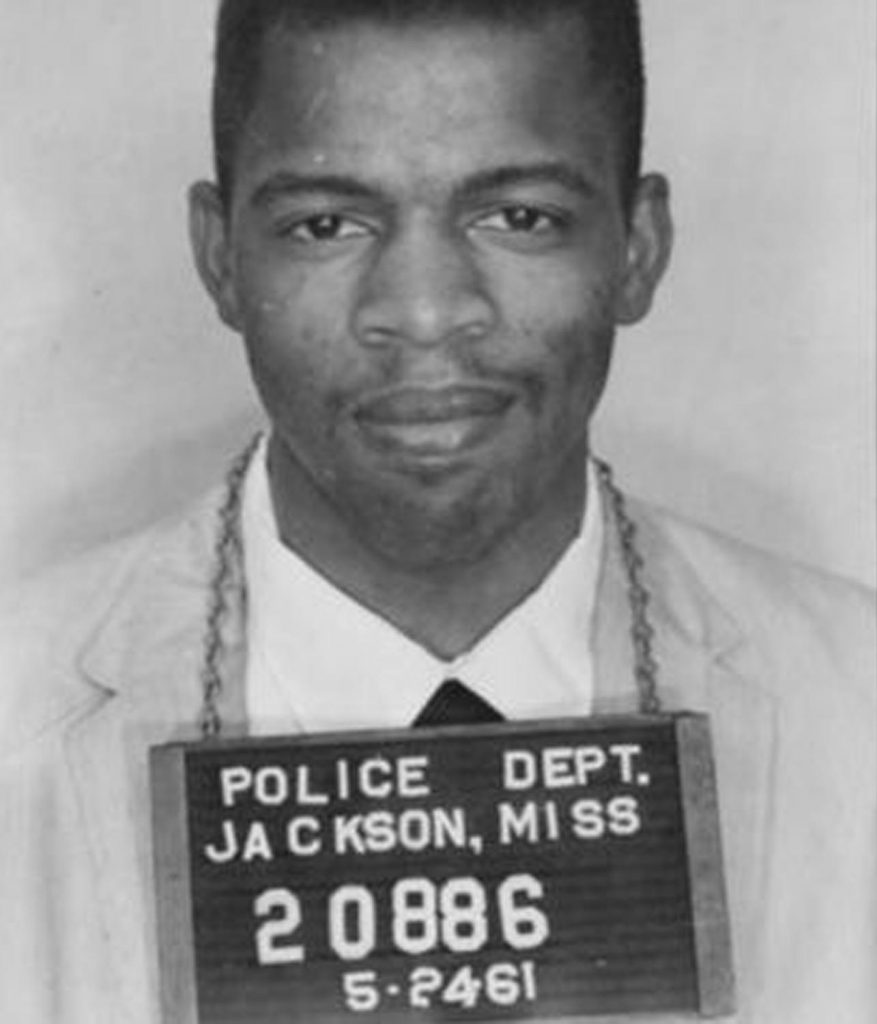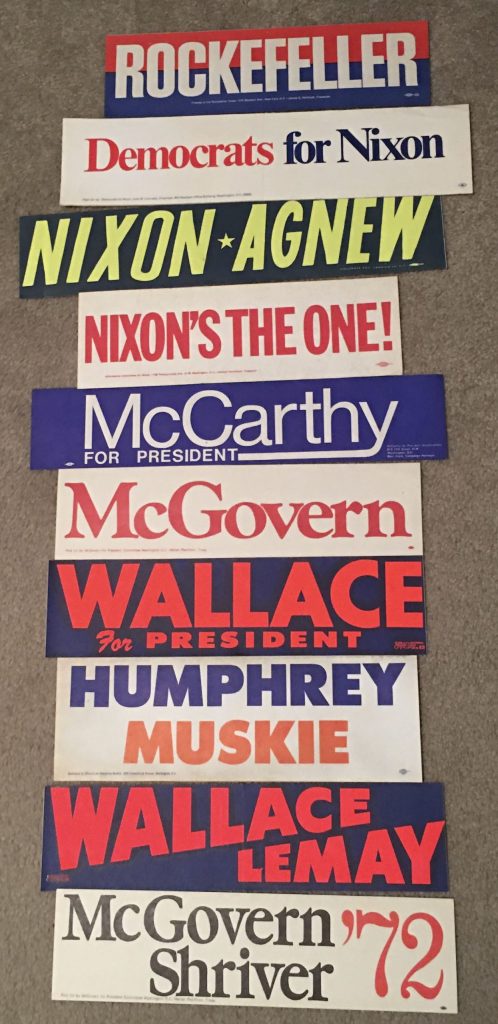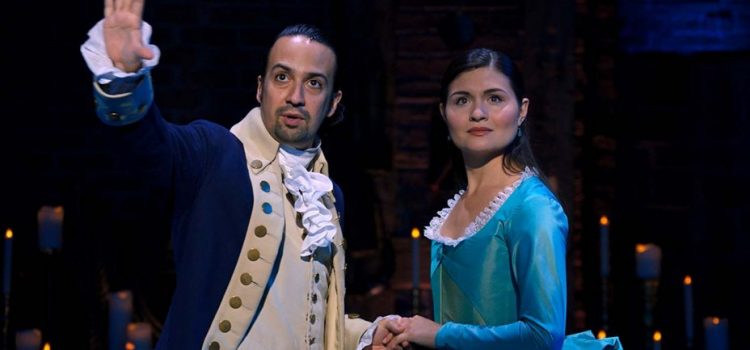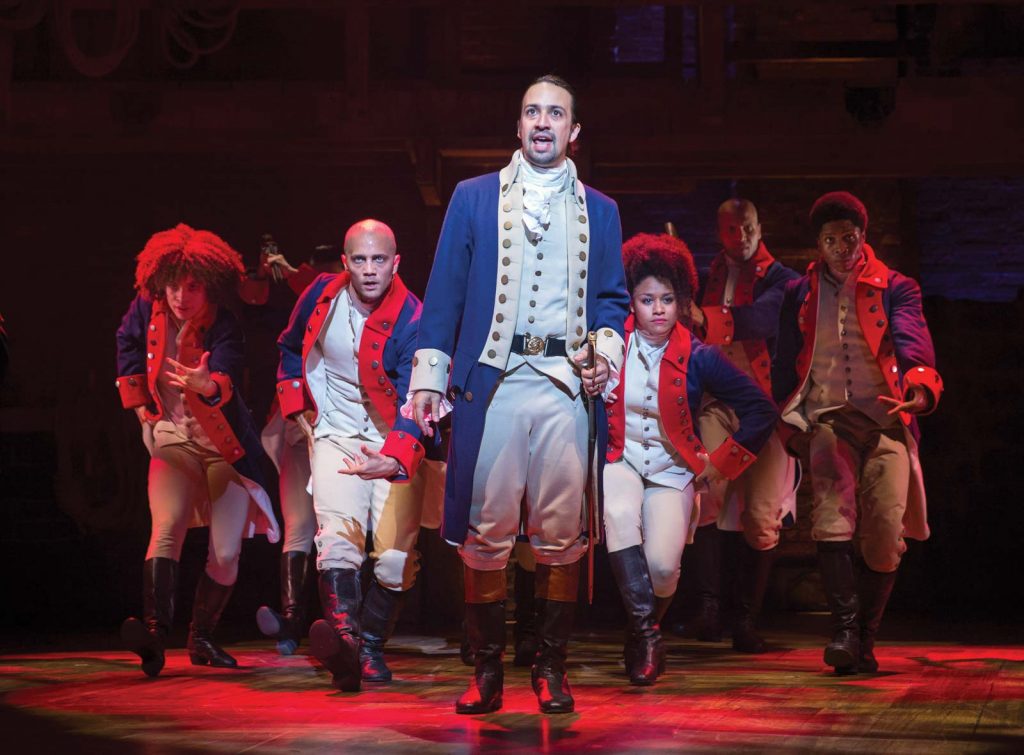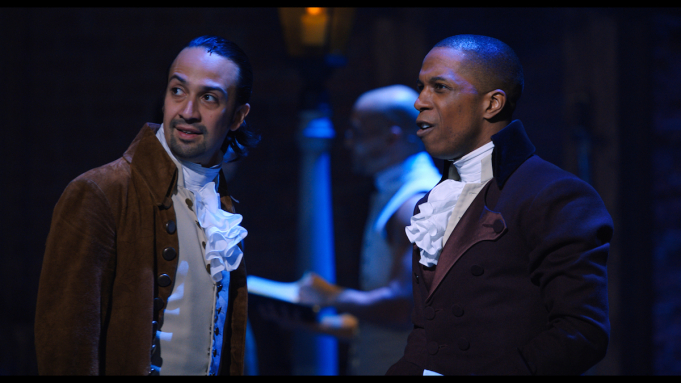By Lynn Venhaus
For centuries, we have been used to family dysfunction propelling comedies and dramas. Along comes the strange “Kajillionaire” with its unconventional story and bizarre characters, giving us a refreshing dip into a surreal world.
It won the Audience Award at this year’s Sundance Film Festival, and it is easy to see why — this daffiness allows a different look at the family unit.
A tale about career grifters shines brightest because of the caliber of actors. The minute I heard Debra Winger’s voice as the Mom, I was so happy to see her back on screen – and she doesn’t disappoint. The term Mom is used loosely for there is not a maternal bone in her body.
And that’s all the more heart-wrenching to see Evan Rachel Wood as this socially awkward 26-year-old who is basically her parents’ prop, the dutiful daughter who has never enjoyed the good parts of growing up.
Wood is an elegant beauty who has been acting since she was a kid and is best known for her Emmy-nominated role as Dolores in “Westworld.” As Old Dolio, she is a revelation, all sharp angles, dowdy clothes and deadpan voice. She creates some depth as an innocent in emotional development, enough to tug on your heartstrings.
Richard Jenkins is smooth as a con artist and Gina Rodriguez is bubbly as a game girl who has seen too much TV. She’s in way over her head – or is she?
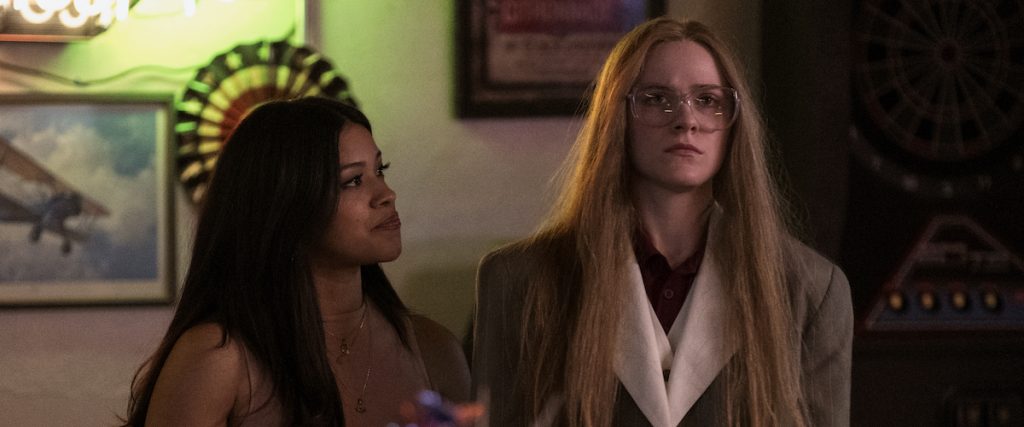

As one of the year’s best ensembles, they make this unpredictable and idiosyncratic journey palatable, even at its wackiest.
Writer-director Miranda July has been an independent voice for some time, and her view on life is unusual and funny. But ultimately she connects us, with lonely characters showing their vulnerability and breaking through emotionally.
Recently, a few films have been released with multiple layers that require mental acuity and stamina to make it through a labyrinth (“Tenet,” “I’m Thinking of Ending Things”). This might be a head-scratcher for some, but I embraced its unexpected daffiness.
I’ll take original any day over safe and same old thing.
“Kajillionaire” is a comedy written and directed by Miranda July starring Debra Winger, Richard Jenkins, Evan Rachel Wood and Gina Rodriguez. Run-time is 1 hr 46 min. and it’s rated R for for some sexual references/language . Lynn’s Grade: B+

Lynn (Zipfel) Venhaus has had a continuous byline in St. Louis metro region publications since 1978. She writes features and news for Belleville News-Democrat and contributes to St. Louis magazine and other publications.
She is a Rotten Tomatoes-approved film critic, currently reviews films for Webster-Kirkwood Times and KTRS Radio, covers entertainment for PopLifeSTL.com and co-hosts podcast PopLifeSTL.com…Presents.
She is a member of Critics Choice Association, where she serves on the women’s and marketing committees; Alliance of Women Film Journalists; and on the board of the St. Louis Film Critics Association. She is a founding and board member of the St. Louis Theater Circle.
She is retired from teaching journalism/media as an adjunct college instructor.



